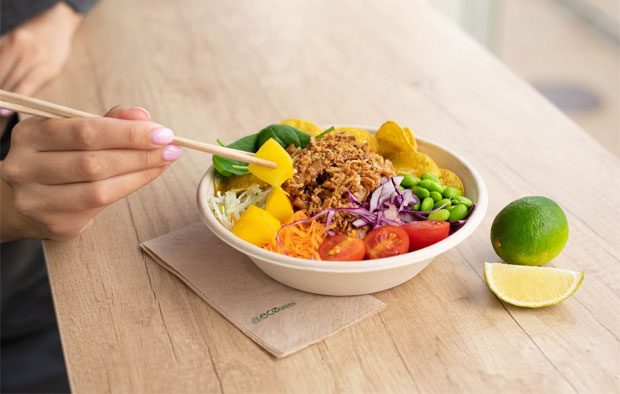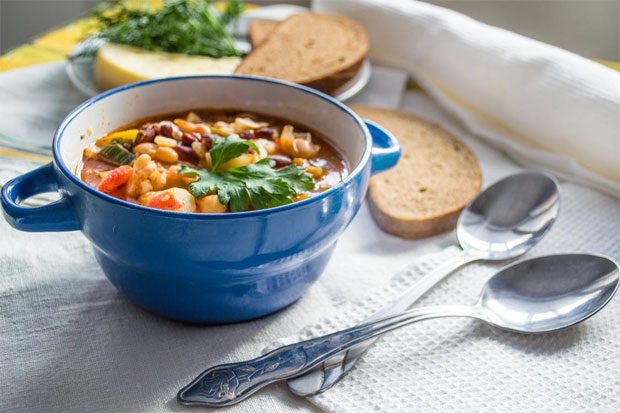‘Tis The Season For Eating But What Should You Eat?
‘Tis The Season For Eating But What Should You Eat?
Winter heralds in food-centric holidays like Halloween, Thanksgiving and Christmas but it also triggers the age-old instinct to stock up on calories. Hence the urge to snack and nibble and go for that second portion of your favorite comfort food. But while you may feel obliged to celebrate the holidays with more food, it’s far too easy to overindulge and give into those pesky cravings, which may be why weight loss procedures spike after the holidays.
So how do we curb the hunger? How do we indulge without our weight ballooning out of control and our health spiraling into chaos? Let’s find out.
- Find Those Roots
Root vegetables are hardy crops that can withstand the cold so farmers can provide them fresh to the market. In addition to them being fresh produce, root vegetables like beets, carrots, turnips, potatoes and sweet potatoes are naturally sweet, which helps to boost your blood sugar levels in a natural, healthy manner. It may also help curb the temptation to reach for your favorite processed sugary snack if you swap them with healthier alternatives such as sweet potato pie, carrot cake, beet red velvet cake or parsnip cupcake.
- Soup Up!
Keep warm and maintain those energy levels with a hot bowl of soup. Soup is the perfect winter food as it warms you from the inside out but make sure to go easy on the cream, salt and fatty meats. An additional benefit to making soup at home is that your warm stove becomes an extra heat source for your house or apartment.
- Take a Leaf Out of Goldilocks’ Book and Try Some Porridge
Porridge is great and healthy way to warm up first thing in the morning and since it’s a slow energy release food so it should keep you full until lunch. Try oatmeal for breakfast and you can add a dash of sweetness and texture with honey, nuts, seeds or winter fruits like apples, cranberries, dates or pears.
If oats are not your thing, try an Asian alternative – congee. Congee is essentially rice porridge and is a traditional Chinese breakfast dish though it is also popular in other countries like Japan, Singapore, Indonesia and Malaysia. Congee is made by boiling rice in a lot of water until it disintegrates into a pudding like consistency and it’s a warm, versatile meal that can be sweet or savory and eaten for breakfast, lunch or dinner.
- Fight Lethargy with Vitamin B
Combat those dwindling energy levels with Vitamin B12 rich foods like salmon, cod, milk, eggs and cheese. Vitamin B12 has been proven to contribute to the regular functioning of your immune system and also helps keep tiredness and lethargy in check.
- Stay Hydrated
It’s no surprise that the weather gets drier as the temperatures drop but the thought of chugging a glass of cold water probably makes you cringe. Well, you can still meet your recommended daily intake 8-ounce glasses of water by drinking warm tea until spring is here and cold drinks are enjoyable again. Experts recommend ginger tea as this spice naturally warms your body but other spiced teas such as chai, cinnamon or mint tea are also good alternatives. If teas are not your thing, you can try hot cider or even a cup of coffee or two but be warned, coffee does not count towards your daily water intake.
Well now that you have some options on how to keep warm and full through food without expanding your waistline or having your blood sugar levels spike and drop dramatically, hopefully you can keep that sweet tooth in check and cater to those winter cravings without compromising your health.
Guest Article.









